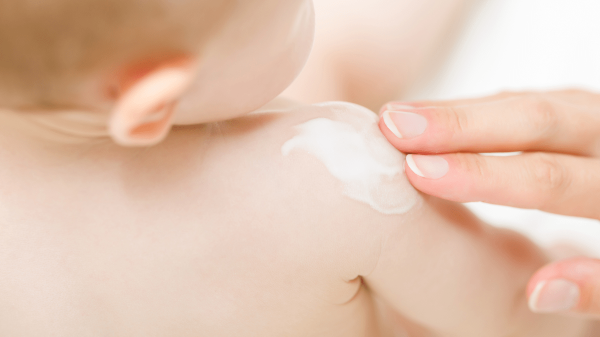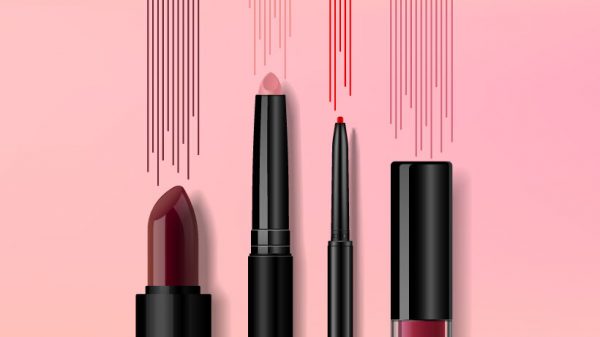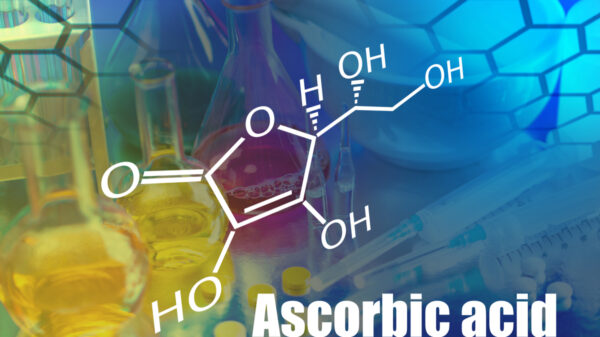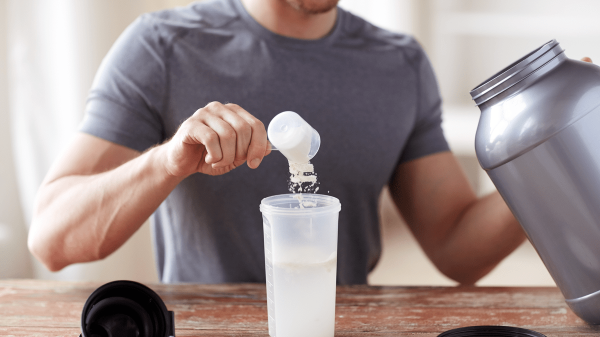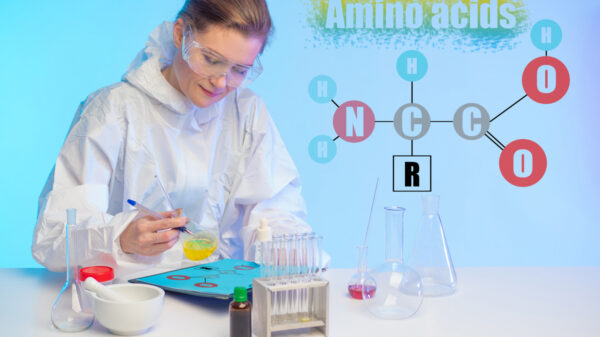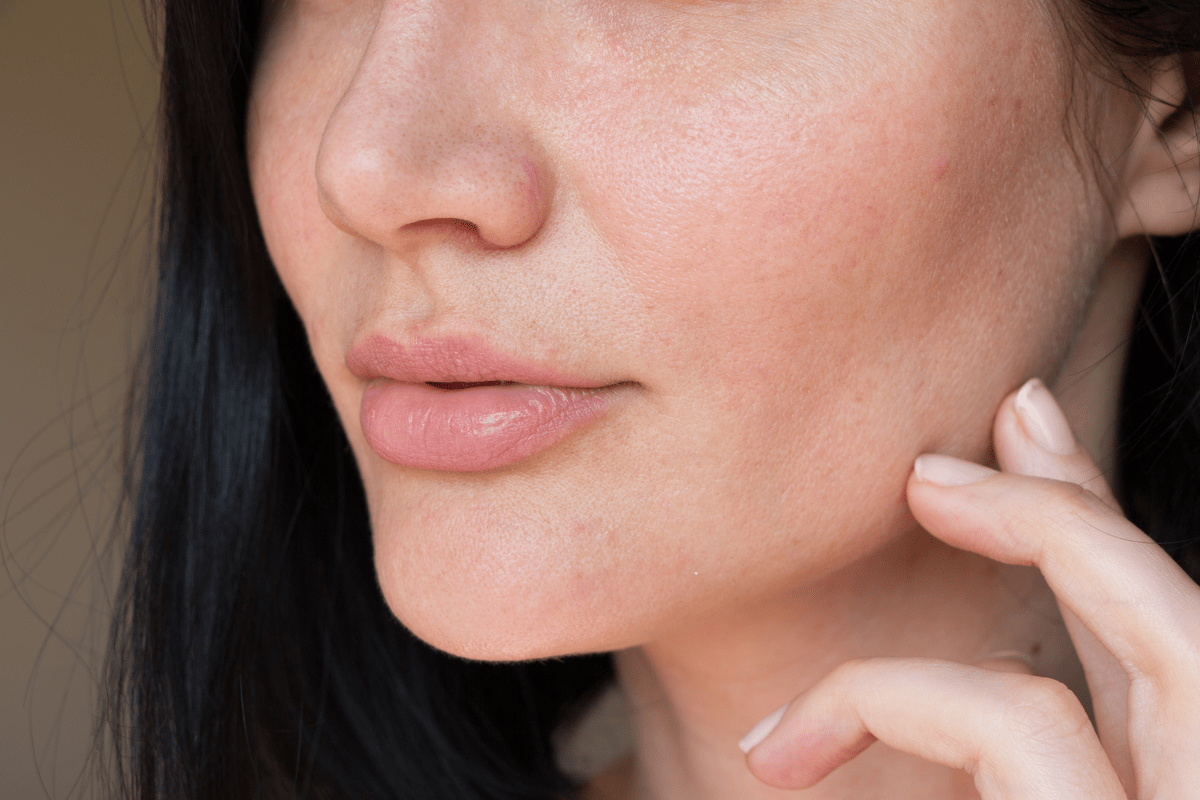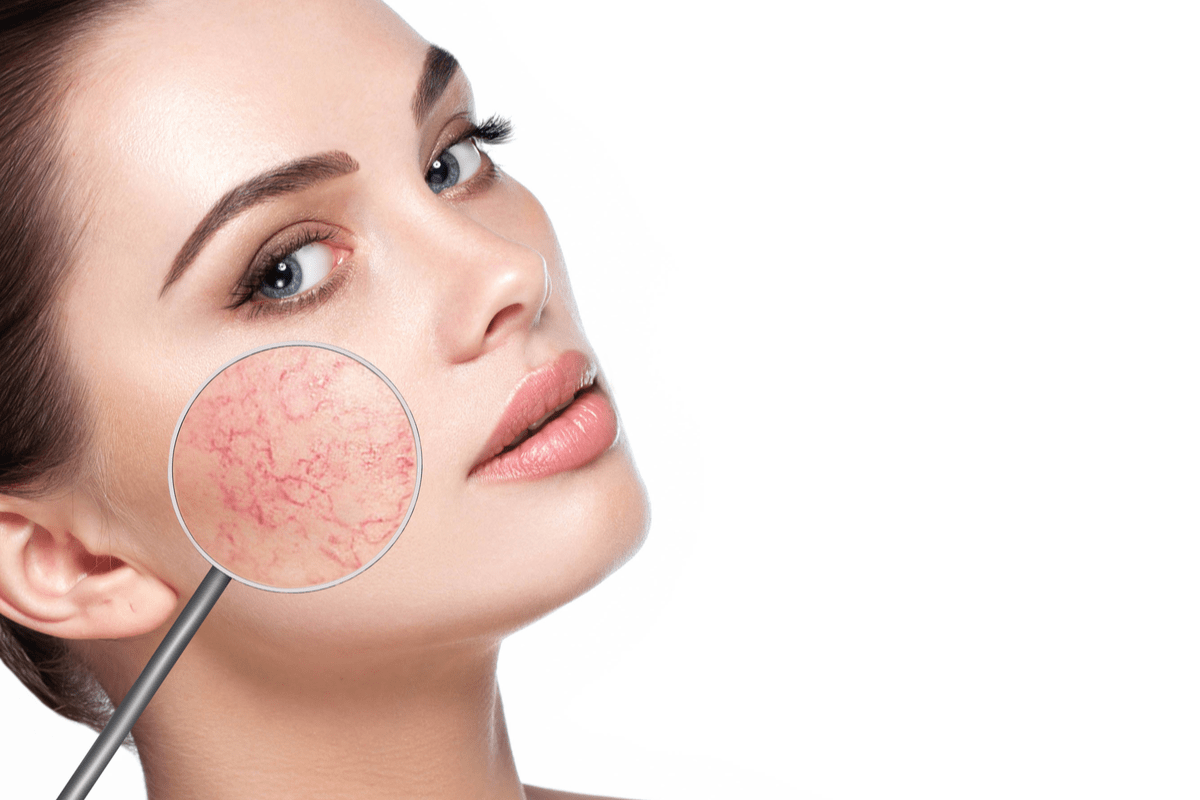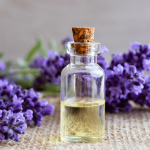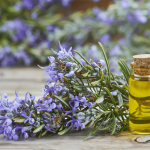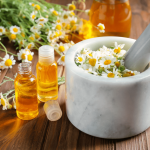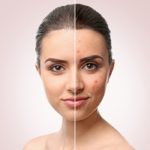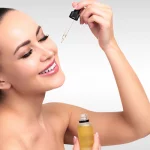What is Oily skin?
When sebaceous glands produce more sebum in the skin, then it results in oily skin. Sebum is an oily substance, and it protects the skin and also hydrates it.
It is essential for healthy skin, but too much production of sebum can cause oily skin, acne, and clogged pores.
If you have oily skin, then you will require taking a lot of care of your skin, so your skin remains healthy and acne-free.
Causes of oily skin
Many various reasons present themselves for why the skin has an oily texture, and it is categorized into environmental factors and health-related issues. Variations in hormone levels under different body processes are included in health reasons responsible for oily skin. Environmental factor-like humidity also serves to cause oily skin.
Oily skin can have different risk factors like:
- African American descent
- Chronic conditions responsible for the alteration of hormonal levels
- Humid climate or summer season
- Premenopausal women during ovulation
- Male sex
The skin secretes oil produced by sebaceous glands. They are present on every skin surface; however, the ones that produce the most oil are present in the face, scalp or upper body part.
Sebum has many beneficial properties like giving lubrication to the skin, providing sun protection, regulation of inflammation, antibacterial properties and wound healing.
But still, too much production of sebum can cause acne, shiny and greasy complexion and texture, and irritation to the skin.
Treatment of oily skin
Topical Retinoids
They are present as creams, lotions and gels. Retinoids are abundant in Vitamin A, which is useful in maintaining good skin health.
But before using a retinoid, keep the following points in mind
- To prevent any sort of irritation, it is best to use retinoid-based cream at the start.
- For sensitive skin types, redness and irritation can occur for those who keep it on for too long.
Cosmeceuticals
Cosmeceuticals are cosmetic items that are thought to be medically helpful for the user. They contain bioactive substances. But, these are all evidence-based claims. No surety is present on whether these cosmeceuticals will deliver the expected results or not.
Studies claim that few bioactive components like green tea are useful in curing oily skin.
How to Manage Oily Skin?
1. Wash the regularly face with the best facial cleanser.
Your skincare routine should include washing your face two times a day for proper hygiene. Cleaning in this way keeps your pores clean from getting clogged, clears away dirt and removes bacteria from skin, and also helps to avoid acne breakouts.
However, do not wash your face a lot. Overproduction of sebum can occur if over-washing occurs due to dryness of the skin.
Some of the best facial cleansers for oily skin are;
- Beauty Formula Clear Skin Oil Control Facial Wash
- Pharmaceris T Puri-Sebogel Face Wash
- Cetaphil Oily Skin Cleanser
- Sukin Oil Balancing Charcoal Purifying Gel Cleanser
- Avene Cleanance Soapless Cleanser Gel
2. Stay hydrated
Keep your body hydrated as much as you can all day. Much oil is produced to compensate for the dehydrated body when too much water is absent. Drink 2 to 3 liters of water daily in order to maintain healthy-looking skin.
3. Avoid Sun Exposure
Dehydration occurs when your body and skin is exposed to the sun too much. So an excess of oil is produced by the body. Before leaving your home, rub sunscreen on your skin for extra protection.
4. Facial moisturizer
This idea may seem weird to many people but using moisturizer on oily skin actually helps the skin. Moisturizers are responsible for hydrating your skin and curbing excess production of sebum.
Moisturizer gives your skin a glowing, healthy and soft, moist look. Select and use oil-regulating moisturizer to help with controlling oil production. A lightweight lotion-like moisturizer can be used if your skin gets too heavy from the lotion.
5. Face toner
Skin is greatly hydrated by the use of toners that help to clean your pores and moisturize the skin. Toners are also used as a deep cleanser—toners aid in getting rid of oil and dirt from the skin. The pH of the skin is also maintained by using this product.
6. Blotting Paper
The greasy, oily look in the middle of the day can be avoided by using blotting paper.
But, care is taken to not rub these papers rigorously on the skin surface as they will remove the oil, even though some amount of oil is still useful for the skin.
Repeating the same paper and using it on the skin is not hygienic practice. This results in the movement of the dirt that is already accumulated on the pores.

